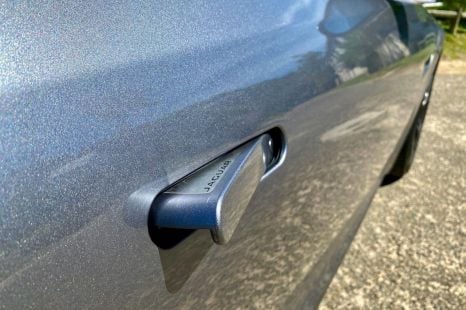

Derek Fung
Flush door handles: Volkswagen CEO hates them, China may ban them
1 Hour Ago

News Editor
The Kia Rio has entered 2022 unchanged apart from new badges, but it’s gotten pricier.
All models bar the SX Limited Edition, which has carried over into 2022, have received a $600 price increase.
Current drive-away pricing is also up by $1000 in the S and Sport and $2000 in the GT-Line, with prices ranging from $21,490 to $27,990 drive-away at the time of writing.
Kia attributes the price increases to external factors such as exchange rates and business costs, and the Rio is among several Kia model lines so affected.
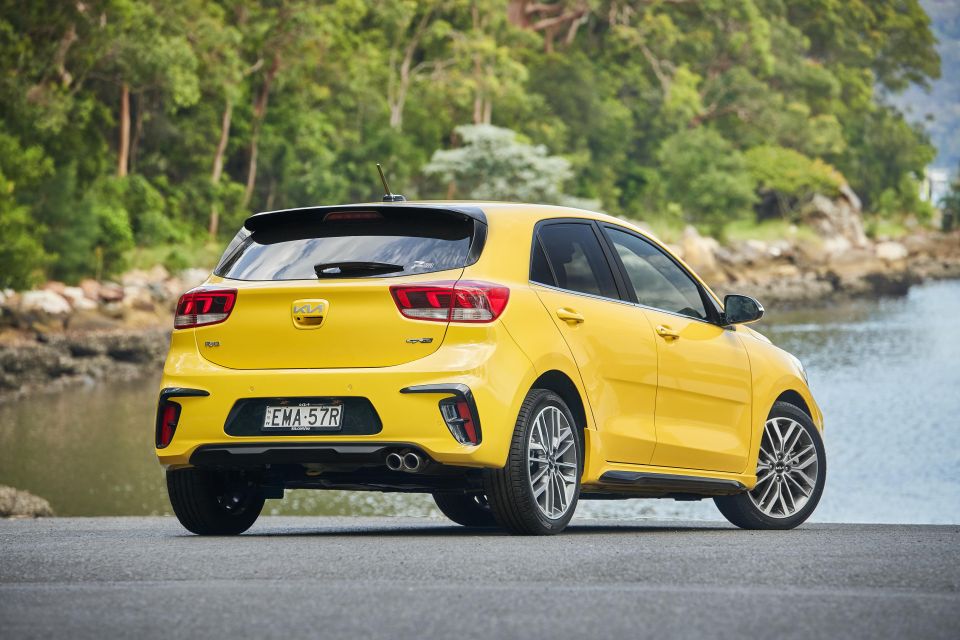
Though a Rio sedan was available in the past and is sold in other markets, the current, fourth generation is sold only as a hatchback in Australia and battles rivals such as the Mazda 2, MG 3, Suzuki Swift and Toyota Yaris.
With 5644 sales in 2021, it was the second best-selling light car in Australia, if well behind the MG 3 (13,744). It was also outsold by the recently introduced Stonic (7645), with which it shares its platform and engines and has a near-identical interior.
All prices exclude on-road costs.
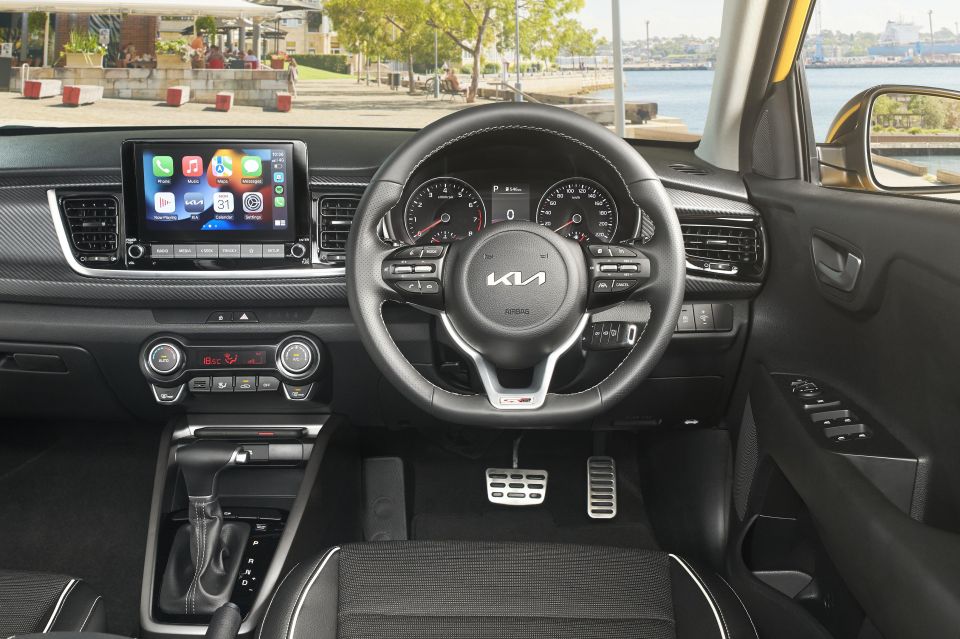
The 2022 Kia Rio range comes with a choice of two engines.
The S, SX and Sport use a naturally-aspirated 1.4-litre four-cylinder with 74kW of power and 133Nm of torque, mated to either a six-speed manual or six-speed automatic transmission.
The range-topping Rio GT-Line has a turbocharged 1.0-litre three-cylinder engine with 74kW and 172Nm. It’s mated exclusively to a seven-speed dual-clutch automatic transmission.
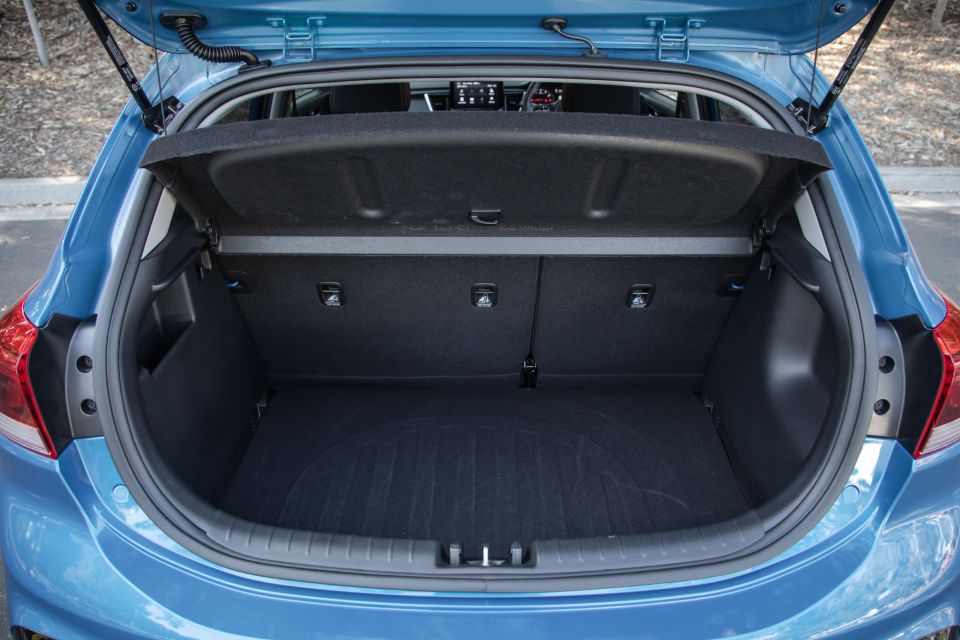

The 2022 Kia Rio consumes 5.6L/100km on the combined cycle when equipped with the six manual transmission and 6.0L/100km with the automatic.
The punchiest powertrain is also the thriftiest. The range-topping Rio GT-Line has a combined fuel economy rating of 5.3L/100km.
All models have a 45L fuel tank and run on 91RON regular unleaded fuel.
The 2022 Kia Rio measures 4065mm long (4070mm in the GT-Line), 1450mm tall and 1725mm wide on a 2580mm long wheelbase.
Total luggage space is 325L, expanding to 980L with the rear seats folded.
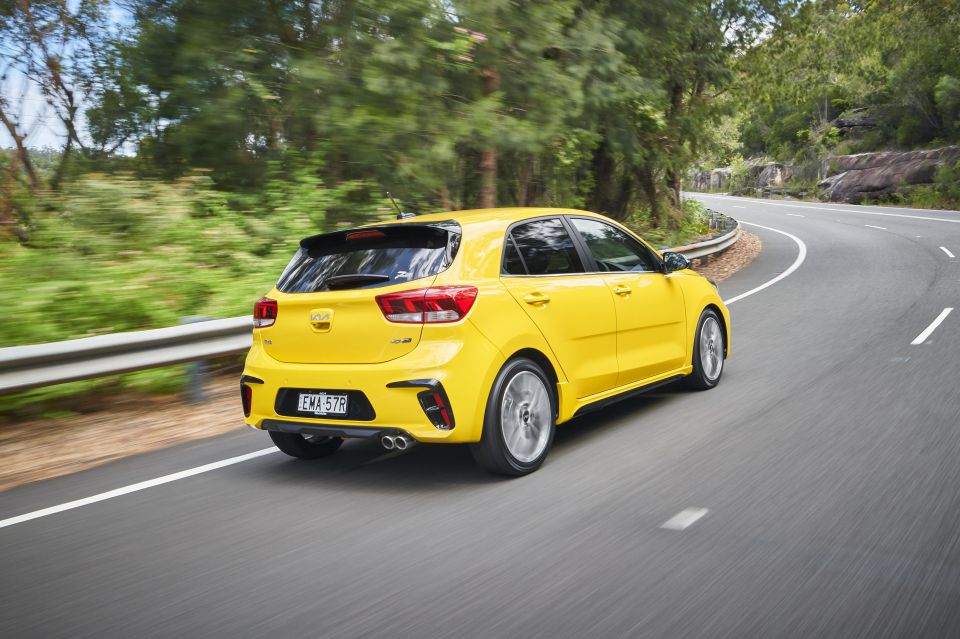
All 2022 Kia Rio models with the 1.4-litre require servicing every 12 months or 15,000km, whichever comes first. The Rio GT-Line requires servicing every 10,000km.
Kia backs the Rio with a seven-year, unlimited-kilometre warranty and offers seven years of capped-price servicing.
The first seven services are capped at $283, $484, $338, $704, $319, $602 and $569 in the GT-Line.
In the S and Sport, they’re capped at $269, $455, $323, $608, $303, $586 and $322.
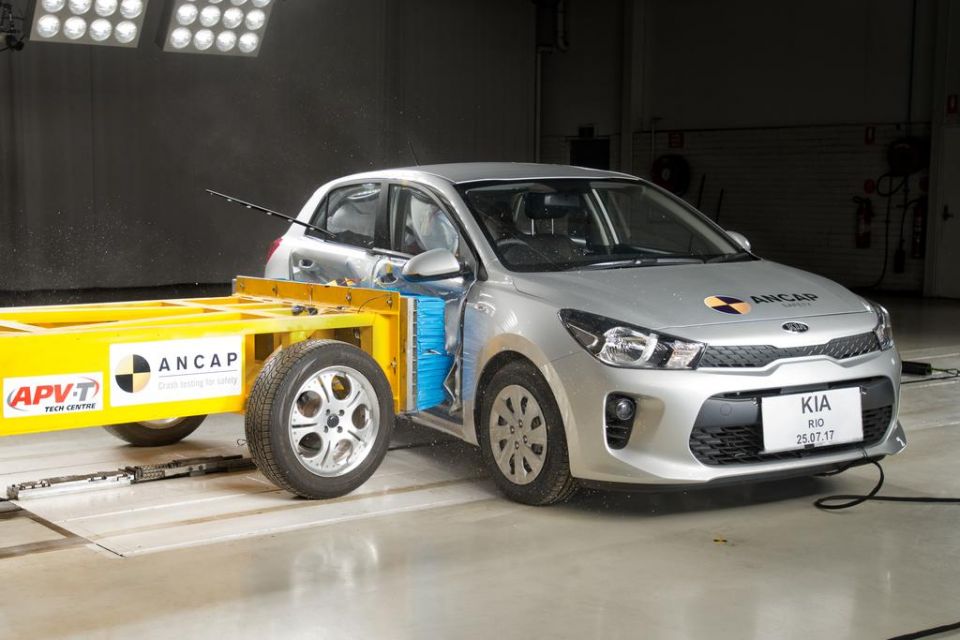

When the Kia Rio was tested by ANCAP in 2017, it received a rating of five stars. That was based on a frontal offset crash rating of 14.52 out of 16 and a side impact score of 16 out of 16, while whiplash and pedestrian protection were rated Good and Acceptable, respectively.
All 2022 Kia Rio models come standard with anti-lock brakes and front, front side, and curtain airbags.
Sport and GT-Line models add autonomous emergency braking with pedestrian and cyclist detection, as well as lane-keep assist and driver attention monitoring.
Features such as blind-spot monitoring and rear cross-traffic alert can be found on Rios in other markets but aren’t available here.
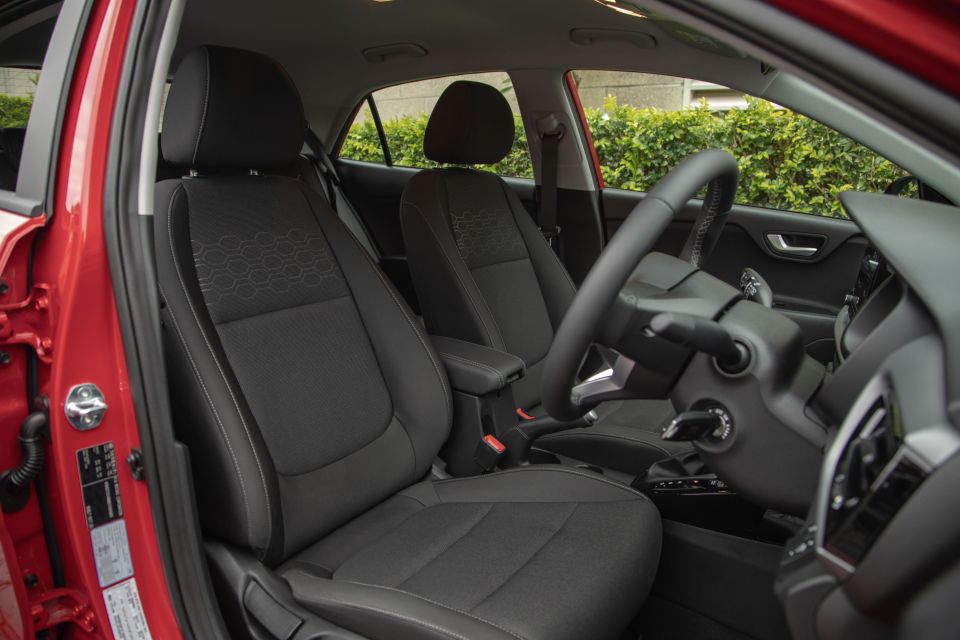
The base Rio S comes with the following standard features:
The Rio SX adds the following over the S:
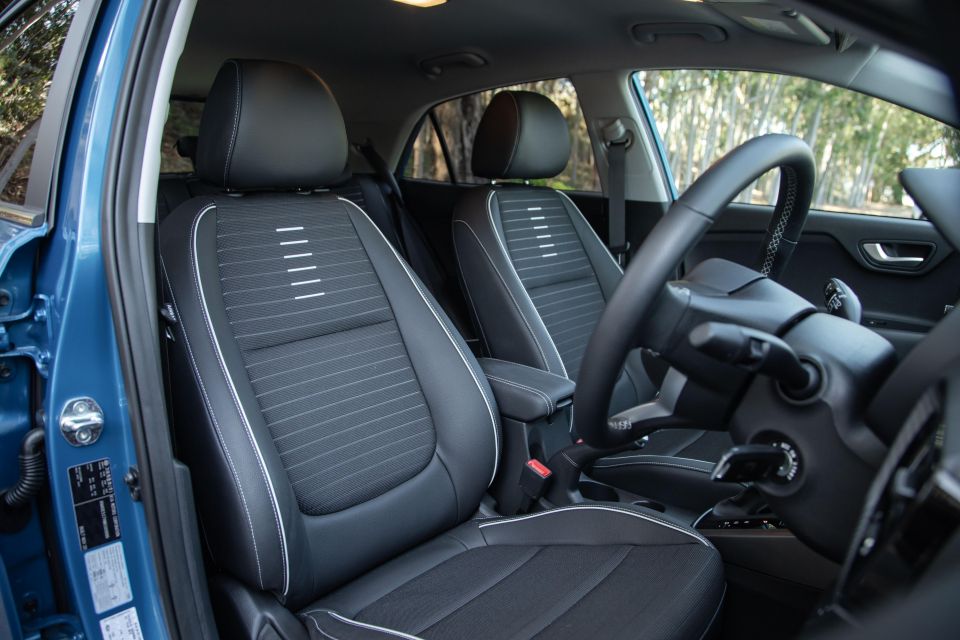
The Rio Sport adds the following over the S:
The range-topping GT-Line replaces the 1.4-litre four with a turbocharged 1.0-litre three-cylinder engine and adds:

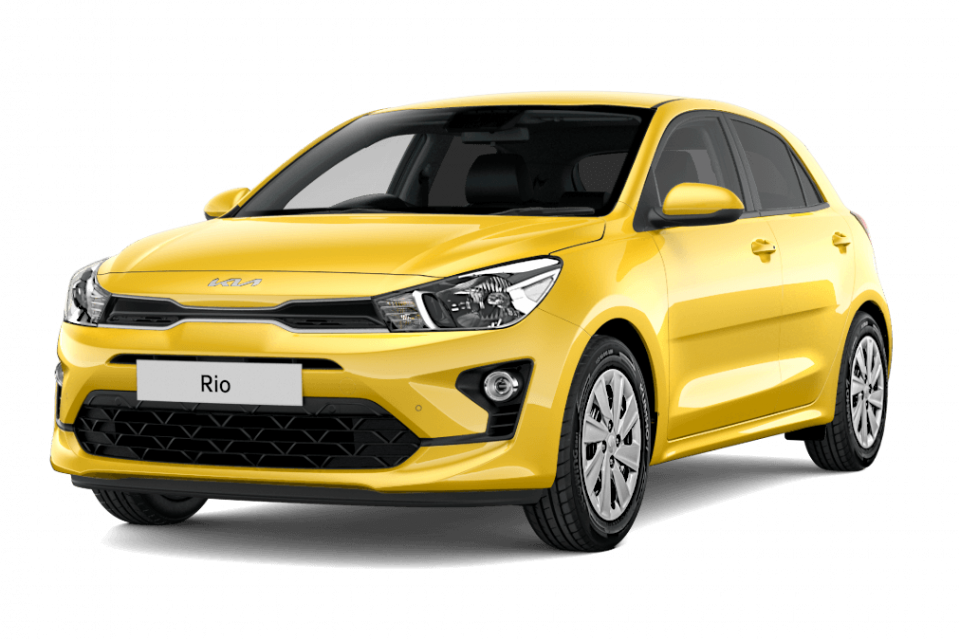
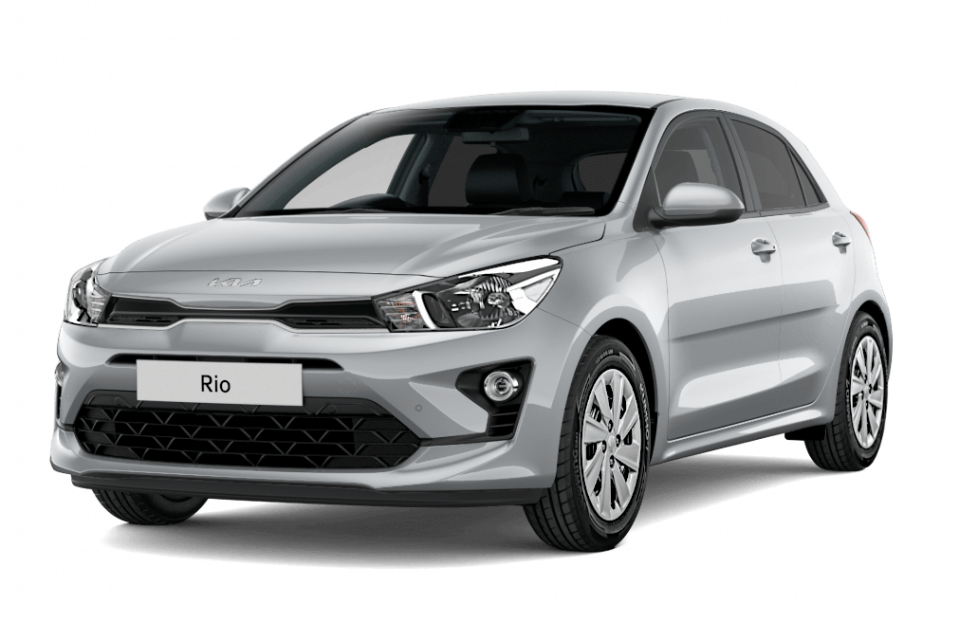

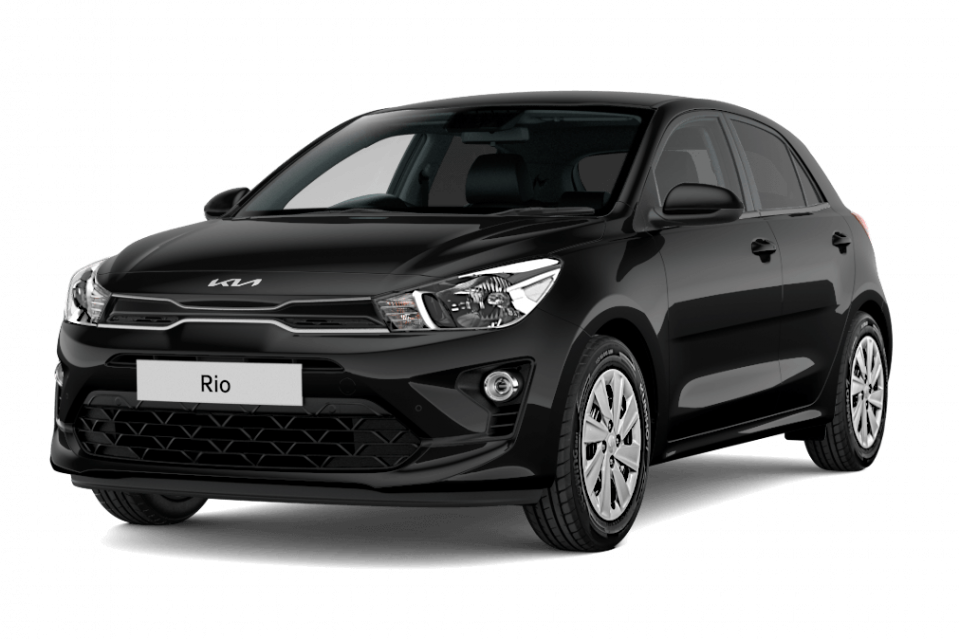

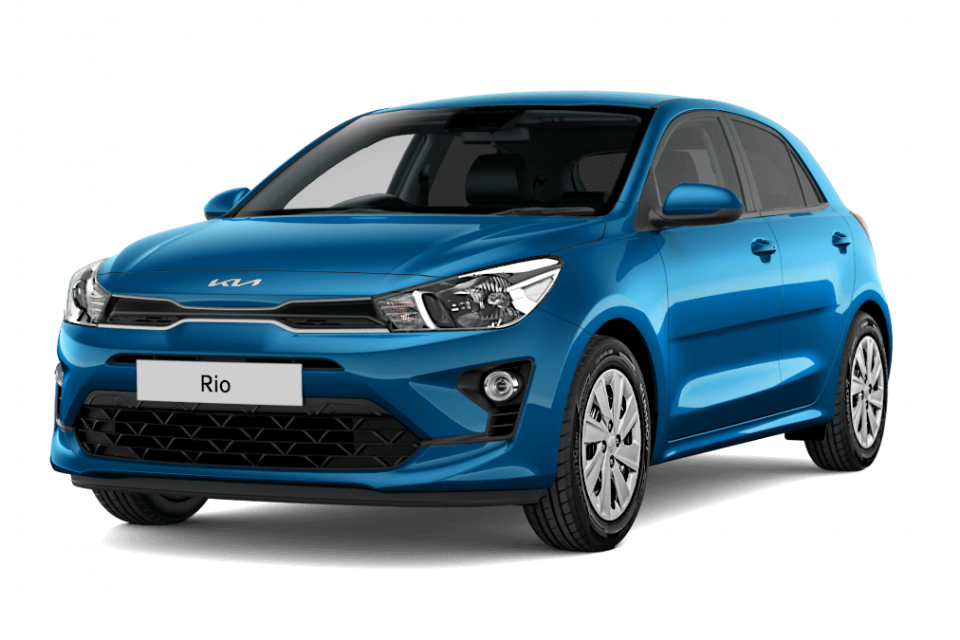
Clear White is standard, with all other finishes a $520 option. These comprise:
MORE: Everything Kia Rio
Where expert car reviews meet expert car buying – CarExpert gives you trusted advice, personalised service and real savings on your next new car.
William Stopford is an automotive journalist with a passion for mainstream cars, automotive history and overseas auto markets.


Derek Fung
1 Hour Ago


James Wong
8 Hours Ago
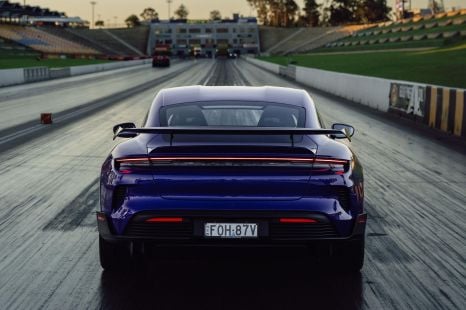

Toby Hagon
15 Hours Ago
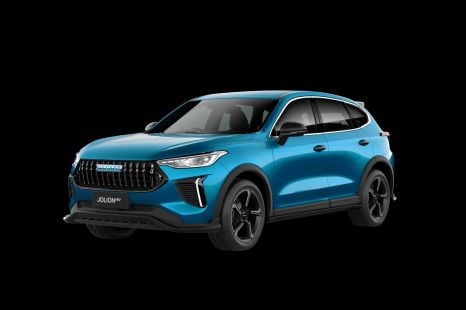

William Stopford
16 Hours Ago
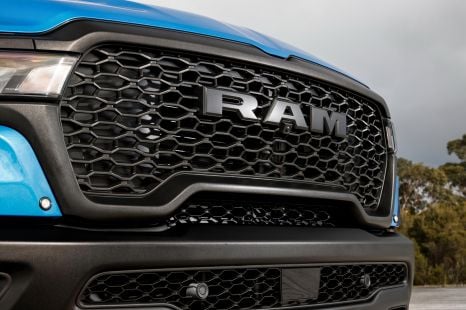

William Stopford
16 Hours Ago
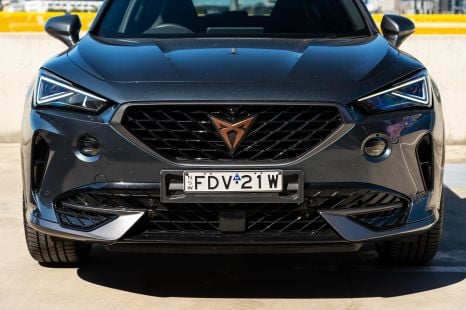

James Wong
18 Hours Ago